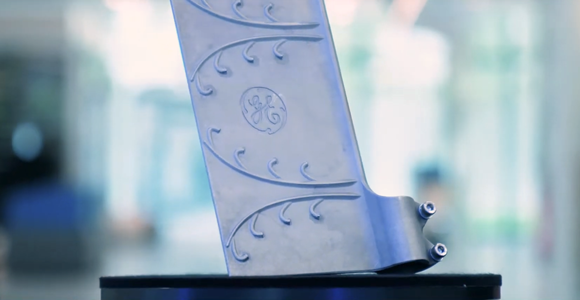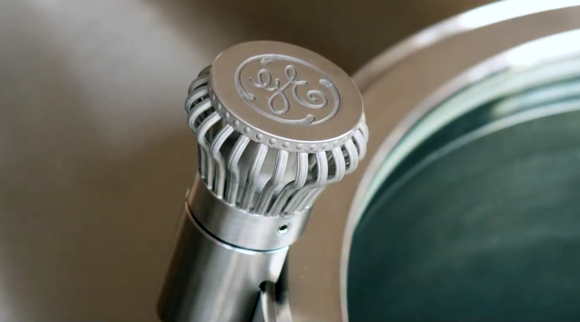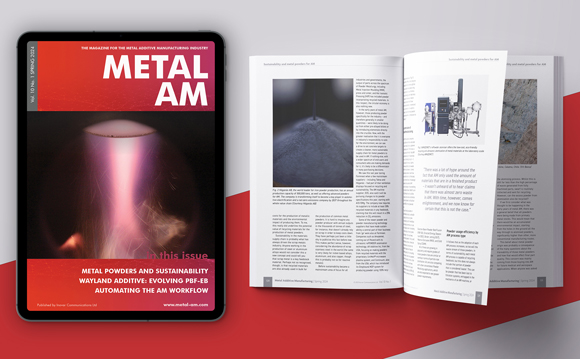GE Additive optimises design for brewing equipment by Additive Manufacturing
October 1, 2019

The team at GE Additive’s Customer Experience Center (CEC) in Munich, Germany, has collaborated with brewing equipment manufacturer Kaspar Schulz GmbH, Bamberg, Germany, to produce two parts for the brewing industry by metal Additive Manufacturing: an access door knob and a racking blade. Based close to GE Additive Concept Laser’s headquarters in Lichtenfels, the family-owned Kaspar Schulz has been in operation for more than 300 years.
“We were very pleased that GE Additive approached us,” stated Jörg Binkert, head of Research & Development at Kaspar Schulz. “We were already familiar with 3D modelling and making designs with CAD, but Additive Manufacturing was something new for us. But once we started looking, it didn’t take us long to find a couple of good applications that could really be improved by using additive technology.”
To manufacture the access door knob for one of its brewing systems, Kaspar Schulz typically mills the part out of a block of stainless steel. By working with the team at GE Additive’s Munich CEC, the company was able to produce an additively manufactured access door knob that, according to GE Additive, demonstrated savings in material use and manufacturing time.

On redesigning the racking blade for a lauter tun, the goal of Kaspar Schulz was to improve the filtration effect of the spent grain bed in the vessel in order to rinse it more thoroughly, saving time and increasing efficiency. According to Dr Matthew Beaumont, GE Additive’s CEC Munich site leader, “the design team was quickly able to come up with a design to efficiently loosen the spent grains and inject water, throughout the bed, during rotation.”
“The design of a thin blade that has internal channels to distribute water evenly is only achievable using Additive Manufacturing,” he stated.
Dr Benedikt Roidl, advanced lead engineer at GE Additive, “Together with Mr Binkert and his team, our specialists CEC in Munich evaluated how to improve the lautering process and we came up with the idea of dynamically loosening the spent grain using an induced swirling flow field.”
“We used additive to incorporate built-in channels to fluidise the spent grain – that’s a nice new little feature,” he continued. “We’ve also been able to lean on our knowledge and expertise from the aerospace and other industries to new applications and industries – in this case the brewing industry.”
Beamont added that, “We set the goal of achieving a first design in time for this year’s Oktoberfest, and we were able to do simulation analysis, complete the design and perform basic functional tests before now.”
“What still lies ahead of us, though, is the final use verification in the complete brewing process. We want to verify the benefit via chemical analysis of an actual batch of wort – and of course a taste test by the project team!”
















